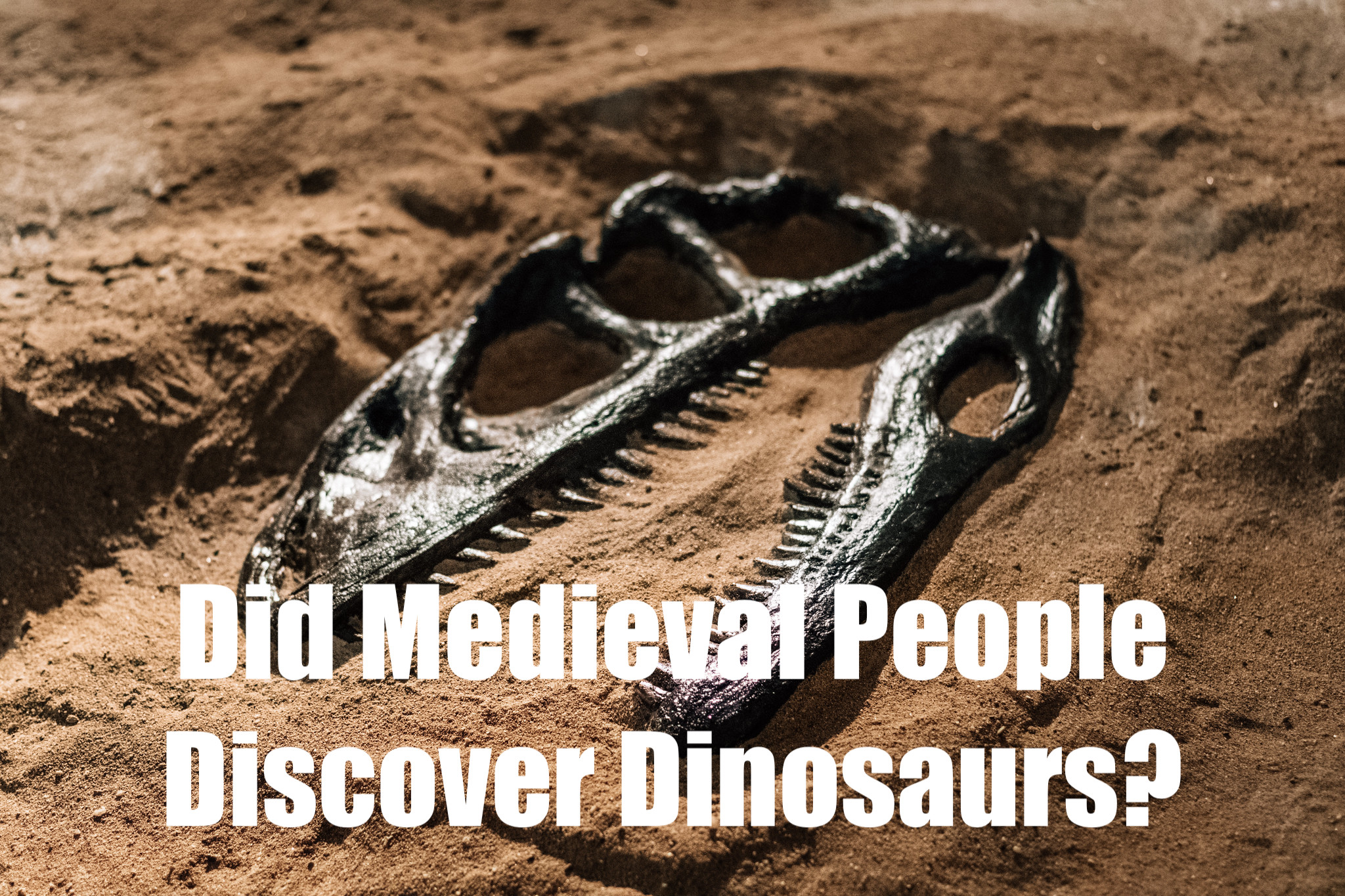
"Medieval people might have encountered dinosaur fossils, but without the scientific context, these large bones could be interpreted through myth and theology."
"The term Dinosauria, coined by Richard Owen in 1842, signified a new understanding of prehistoric reptiles and differentiated them from living species."
"In the Middle Ages, many unusual bones found could have been reimagined as relics of saints or giants, blending history with myth."
"The discovery of massive bones during the Middle Ages would have inevitably sparked curiosity, leading to interpretations steeped in the culture and beliefs of the time."
The article explores the possibility that people in the Middle Ages may have encountered dinosaur fossils while excavating for agriculture and construction. Although they lacked a scientific framework, the discovery of large, mysterious bones would have intrigued them. Medieval culture was rife with 'mirabilia', leading to interpretations blending natural history with mythos. Large bones were often reimagined as relics of saints or remnants of biblical giants, as the gap between myth and reality was less defined. Thus, while dinosaurs were only scientifically identified in the 19th century, their fossils may have been encountered centuries earlier.
Read at Medievalists.net
Unable to calculate read time
Collection
[
|
...
]